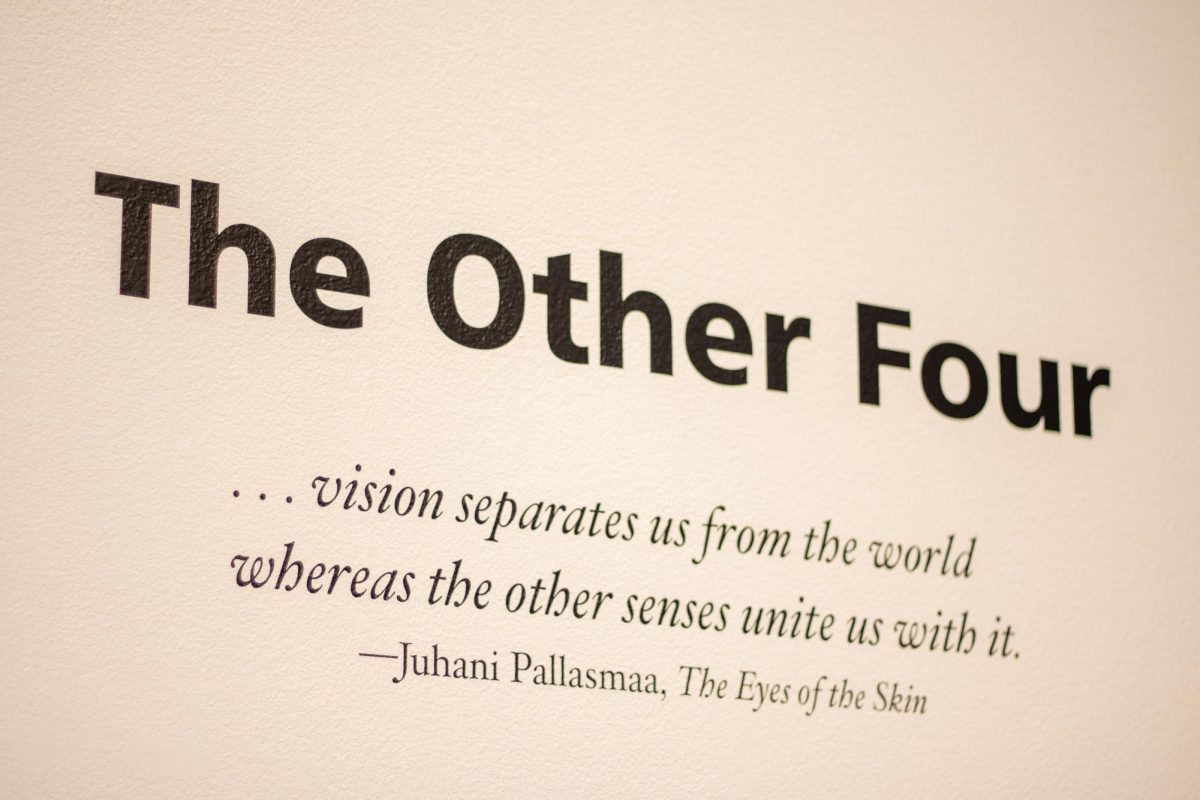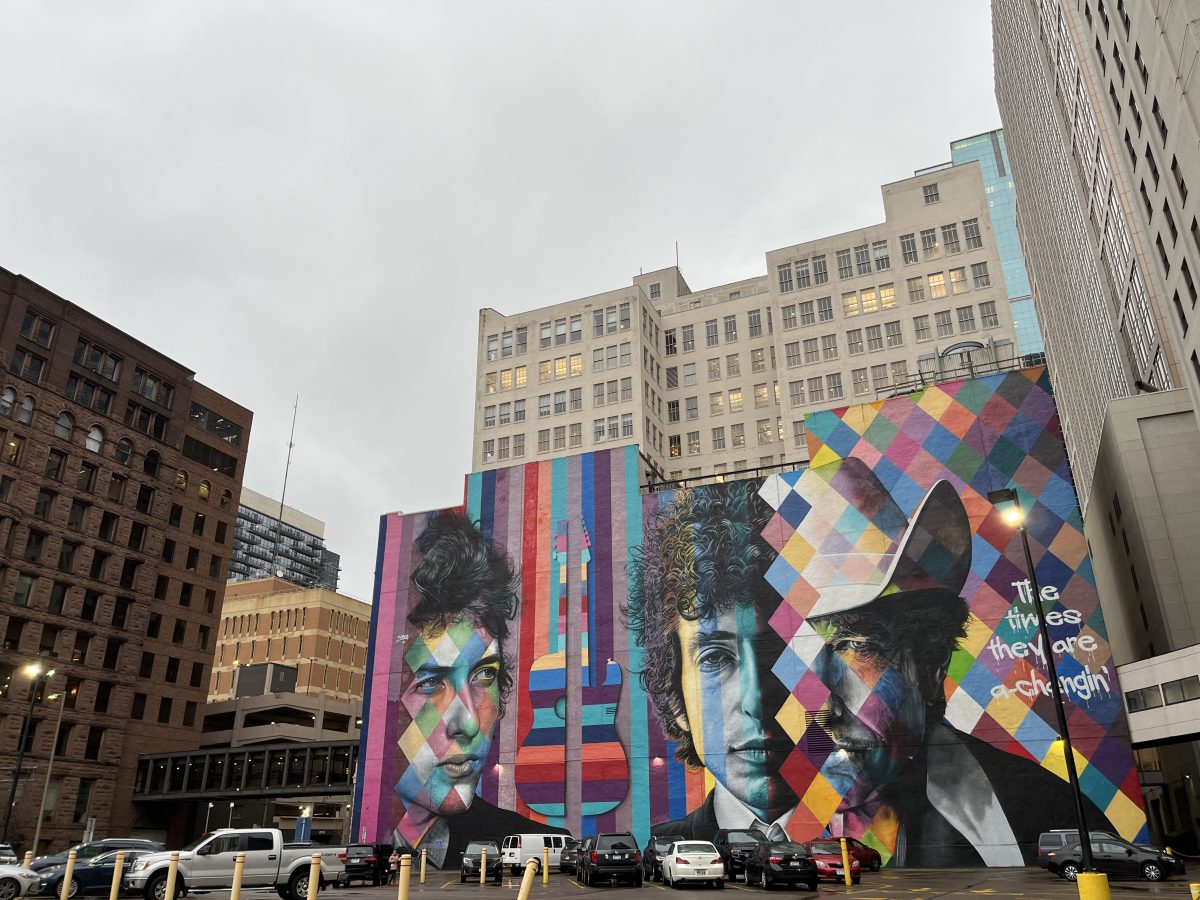.”Little boxes on the hillside. Little boxes made of ticky-tacky Ö Little boxes all the same.” The opening theme to the popular Showtime comedy “Weeds” hums of the constant horizontal expansion of the American suburb, critiquing the homogenized middle class utopia.
WHEN: Feb. 16 ñ Aug. 17
WHERE: The Target Gallery, Walker Art Center
TICKETS: $6 student tickets
“Worlds away: New Suburban Landscapes” is a fresh exhibition in the Walker Art Center that both critiques and celebrates the pragmatic nature of consumer culture. The exposition, composed of various media formats including paintings, photography, YouTube videos, and sculpture, comments on suburbia’s practical employment of existing materials and structures to improve current conditions.
A complicated aspect of suburban expansion is the complex land zoning laws that aim to segregate life into neat compartments (residential, commercial, industrial, etc.). Similarly, the works of the exhibition are organized into three intertwining sub-divisions: the residential tract home, the necessity of car culture, and the evolution of the “big box” department store.
In the stark Target Gallery, the works in the residential rooms (psychedelic garbage cans, proposals for south-of-the-border housing complexes and photographs of functional nuclear families) seem to radiate a sort of hyper-reality that exists in the excessively green lawns and trophy wives.
“Boxers, Mission Hills” a photograph by Larry Sultan, depicts the use of a large San Fernando Valley mansion as the stage for the filming of pornography. The ironic juxtaposition of adult cinema production and the idealized family values of southern California mansions discredit the idyllic American familial structure.
The car culture and “big box” store portions of the exhibit are coupled more obviously with the exploration of neighborhood improvement. One assertion made by the exhibition as a whole is that suburban development and progression is not about the elimination of existing neighborhoods or obstacles. Instead, the show suggests that residents make do with the materials, structures and land formations available.
“Big Box Reuse: Grace Gospel Church, Pinellas Park, FL” by Julia Christensen is a documentation of the recycling of defunct “big box” retail stores. While the architecture remains constant – tacky rectangular façades with outstretching parking lots – the possibilities for reuse are endless. We find nearly identical buildings employed as churches, Asian food stores, community schools. The practical use of existing space designates suburbia as a location that emphasizes construction and expansion over demolition.
Many of the works examine the monotony of everyday life as a sort of cultural studies experiment. The car culture portion of the exhibit features a series of aerial photographs of parking lots in Los Angeles. Though the black and white pieces seem meaningless, they shed light on consumer practices in the way that oil spots are darker in more convenient parking or the way that tire marks heavily circle the LA unemployment office.
“Worlds Away” suggests that the homogenization implied by the word “suburbia” is inconsistent with the residents’ adaptation to their surroundings. Far from its reputation is infinitely replicable, suburban landscapes are created for and by their inhabitants.
















